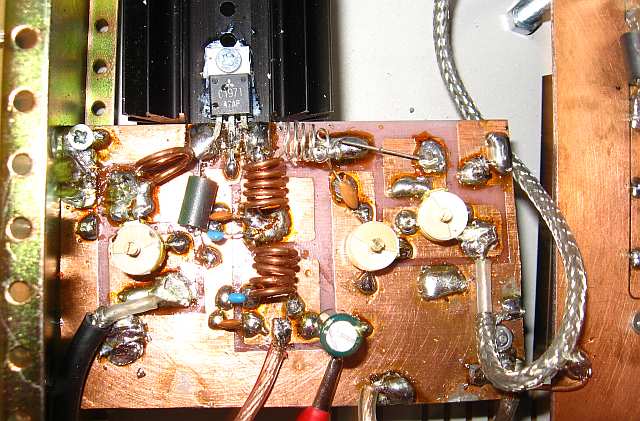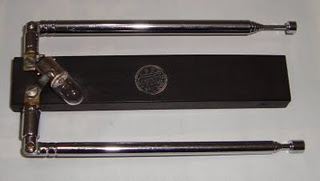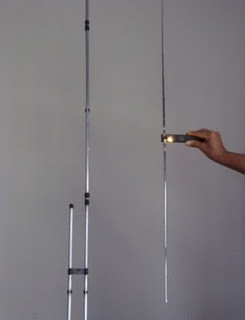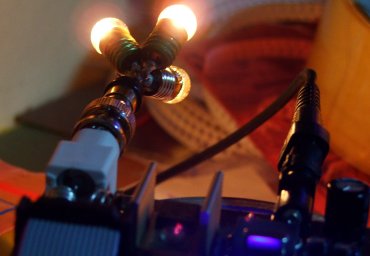doug08
Junior Member level 3
I made this 5W RF amplifier, but I have a problem of the amplifier not drawing steady current. According to the design/schematic, I need a few hundred mW of input power to get the full 5W output. I have several low power transmitters(50 - 400mW) laying around that I tried, but it does not work. I also have a 50 Ohm 10W dummy load that I made just for this amplifier. I have made several others under 5 watts which all work fine.....but this one is a mystery. I tested the transistor and all components to make sure the values are correct. I also made sure there are no shorts. The housing to shield the circuit could not be built better. Hopefully someone here knows what the issue is. Only thing I can think of is that I am not sending enough mW to the input to get it going, or the way I am connecting the low power transmitter to the RF amp is the problem. Please check out the link to my video.
Thanks.
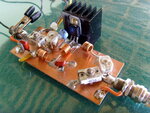
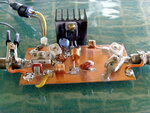
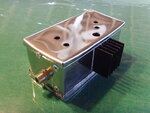
SNV31223.mp4 video by whereisdbn - Photobucket
Thanks.



SNV31223.mp4 video by whereisdbn - Photobucket

